Huddle up culinary experts and design enthusiasts! The future is plated up with a side of innovation and a dollop of creativity. The restaurant industry is constantly adapting to shifts in consumer preferences, technological advancements, and cultural influences. As we look beyond 2023, several design trends are emerging to redefine dining experiences and transform how patrons perceive and engage with restaurants.
From embracing our plant-loving instincts with biophilic designs to crafting those Instagram-worthy moments, the restaurants of tomorrow promises spaces that are as visually delightful as the dishes they serve. So, if you’re brainstorming your next big venture or contemplating a facelift for your diner, here are a few restaurant design trends that will offer you the ideas you’ve been looking for.
Efficiency on display: walk-up service windows & order pickup station
People desire speed when it comes to their food, and it’s not just limited to fast-food joints. Drive-throughs have long been appreciated for the convenience they offer, allowing customers to receive their order without ever leaving their cars. Similarly, walk-up windows cater to this need for fast service. At these windows, both customers and delivery drivers can swiftly grab their meals without setting foot inside the restaurant, simplifying the process for all.
Walk-up windows also provide an avenue for reduced face-to-face interactions, a preference that has become more popular in recent times. Furthermore, these windows ensure that the hustle of takeaway orders doesn’t disrupt those enjoying their meals inside.
Open kitchens & spacious floor plans
In the age of reality TV, who doesn’t love a bit of behind-the-scenes action? Today, more people are starting to prefer watching their food being made right in front of them. To cater to this desire for openness and authenticity, many restaurants are adopting open kitchen designs. These layouts not only foster trust but also provide an immersive dining experience. Guests can watch, hear, and even smell the aromas of their dishes being made, enriching their visit.
However, it’s important to consider that an open design is not solely about aesthetics and transparency. The flow and functionality are pivotal. Layouts must be designed to captivate customers and to ensure ease of operation for the staff. Project managers help ensure designs are both inviting and adhere to crucial health and safety standards.
Instagram-worthy photo ops
Do it for the ‘gram! Social media platforms, especially Instagram, have considerably influenced the design choices of modern restaurants. Among the mass of selfies and constant content sharing, restaurants are recognizing the value of crafting spaces that people consider “Instagrammable.” Simple additions, such as a vibrant green wall adorned with bold text, an outdoor mural by a local artist, or even an indoor space with neon sculptures, can significantly amplify a restaurant’s visibility.
By integrating eye-catching design elements, restaurants can create organic marketing opportunities – every tag, share, and snap is like a free billboard! Overall, a well-designed, shareable space can become a cost-effective marketing tool in a restaurant’s arsenal.
Wi-fi readily available
We’re living in the digital era people! Nowadays, providing Wi-Fi has become a crucial component not just for diners, but also for streamlined restaurant operations, such as ensuring efficient POS systems. With the rise of QR menus and the continued integration of technology into dining experiences, a robust Wi-Fi network allows customers to seamlessly access digital menus or use their devices while waiting for their meals.
Moreover, restaurants and cafes are recognizing the need to cater to remote work. By ensuring strong and readily available Wi-Fi networks for all guests, establishments not only enhance the customer experience but also embrace the evolving work and leisure dynamics of their customers.
Set the stage with artistic décor
If ambiance is king, then lighting is the crown jewel. Beyond functionality, lighting is emerging as an art form of its own. Trending designs incorporate colorful chandeliers or neon lights that transform the dining room into a captivating space.
Hanging decor, like ambient light fixtures, also offers a unique appeal, with floating gardens, hanging glass baubles, and elegantly draped fabrics introducing depth and layers to interiors. While these suspended elements elevate the aesthetic appeal, they do pose installation challenges, requiring careful planning and execution to ensure safety and the desired visual effect.
Hello green! More plants & natural feels
Biophilic design, which integrates natural elements into interior spaces, is becoming a popular trend in restaurant design. Rooted in psychology, this approach acknowledges that humans have an innate attraction to nature. Studies suggest that the inclusion of plants not only enhances people’s perception of a particular space but also elevates their overall sense of well-being and happiness.
This inclination towards greenery doesn’t stop at the interior; there’s a growing emphasis on creating an indoor-outdoor flow as well. Many restaurants are expanding this concept to their exterior dining areas and terraces, seamlessly blending indoor comfort with the refreshing feel of outdoor green spaces.
Elemental alchemy: wood meets metal
There’s something magical when the ruggedness of metal and the warmth of wood collide. The addition of metal and/or wood accents in a restaurant creates an atmosphere that is both contemporary and inviting. Inspired by the growing attraction for the industrial style, metal elements infuse a sleek and modern flair into the dining space. These elements can range from ornate metal lamps and sturdy doors to chic tables and other vintage finds.
Complementing this style is the timeless appeal of wood, which infuses a warm, cozy, and rich essence, ensuring that the restaurant’s atmosphere is both stylish and welcoming. Incorporating features such as wooden ceiling beams or rustic tabletops can elevate the overall aesthetics of your restaurant, creating an environment where guests feel drawn stay longer and savor their experience.
Conclusion
Restaurant design trends evolve to mirror shifts in consumer preferences. At SCGWest, we help our clients implement new trends, fusing functionality with aesthetic allure, to ensure restaurants look modern and offer an enjoyable atmosphere. As we look beyond 2023, the future of restaurant design is not only promising but also a thrilling journey of constant reinvention. Call us today to design your restaurant!



